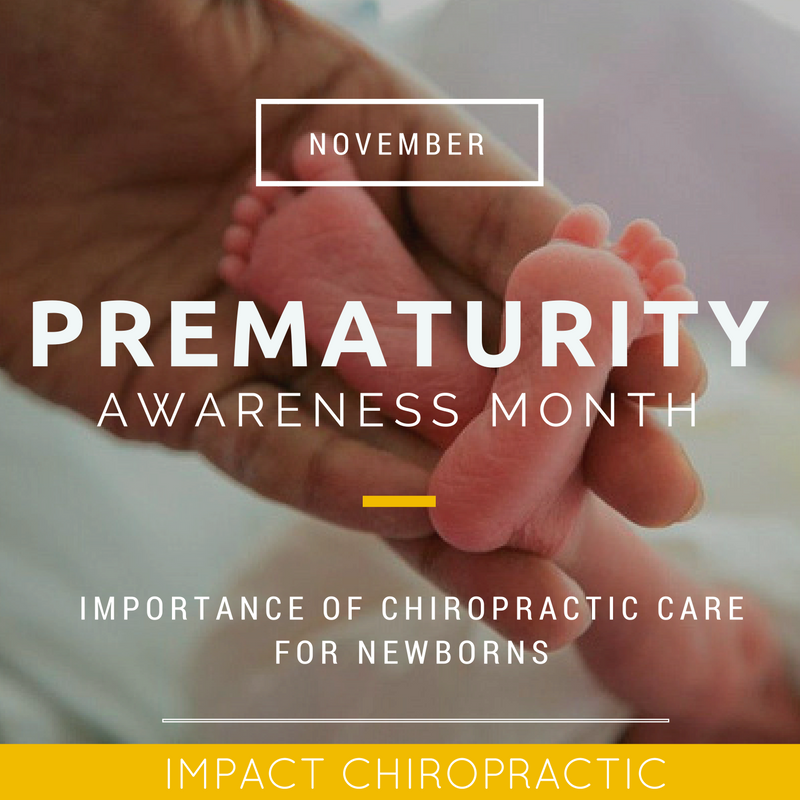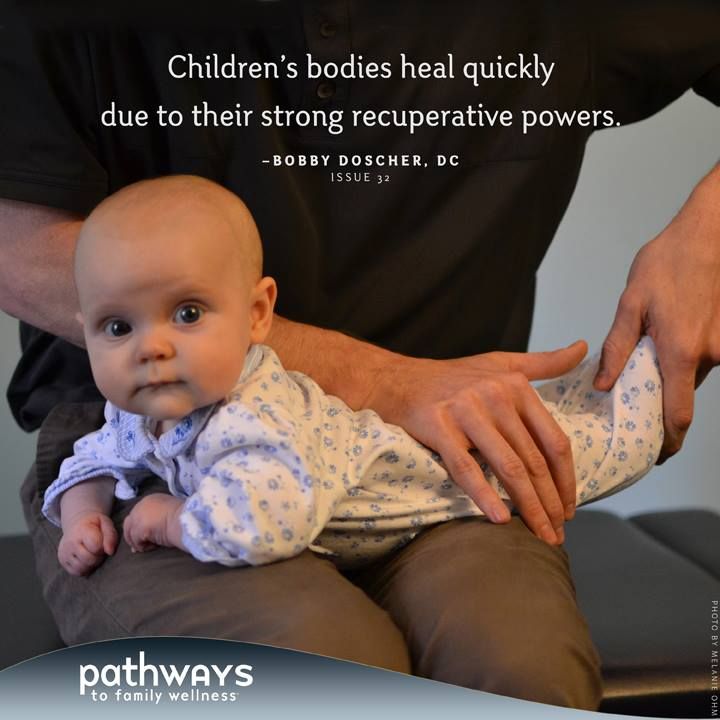Breastfeeding
Breastfeeding is a great option when choosing how to feed your child. There are numerous neurological, nutritional, developmental, psychological, and immunological benefits that your baby can get throughout the process. Due to this many mothers plan on breastfeeding, but give up early because of problems that have “no solution.” When you and your baby are first getting to know each other, it can be frustrating at times. Many times mamas have trouble getting their baby to nurse. It’s hard!! It’s easy to be discouraged and want to give up. We’re here to tell you to stay strong. It’s not your fault that your little one isn’t latching properly, but there is something you can do to help support the relationship.
How Chiropractic Helps the Latch
In our office we see many infants presenting with latching problems, and after being evaluated and adjusted they are able to feed wonderfully. Specifically, we check children for vertebral subluxations. This occurs when the upper cervical vertebra or cranial bones are misaligned. This misalignment puts unnecessary stress on the nervous system, meaning the brain and the body may not be fully communicating as they should. It’s basically taking a dimmer switch and putting it on the nerves that come out at the level of the misalignment. This can cause numerous problems with the child’s health and development down the road.
The birthing process, no matter how natural and beautiful it is, can be hard on not just the mother but the child as well. In turn, this can result in misalignments that usually go undetected and unaddressed for years. As chiropractors, we see infants presenting with difficulties latching firmly, inability to sustain suckling, only feeding in one position, chewing instead of suckling on the nipple, and a “need” to feed at all times.
Benefits of Chiropractic for an Infant
When the C1 vertebra and cranial bones are properly aligned, neurological and mechanical problems resolve as shown below:
Helps baby turn head to go to both breasts equally
- When the misalignment of the cranial and upper cervical vertebrae are present this will impinge the SCM muscle. This can cause extra tension in one side vs the other and in more extreme cases, Torticollis. When a baby has this, they will not want to turn their head to both sides equally and often favor one breast. Realigning the bones and allowing the nerves to communicate with the muscle properly, helps the baby to turn their head to both sides equally. In turn, they have easier positioning and access to breastfeeding.
Retraining muscle patterns
- Another common difficulty we see, is that their suckle pattern is weak, irregular or using the wrong muscles. The communication into the muscles used primarily for sucking may not be firing correctly (weak suckle). This can lead to overcompensation and recruitment of muscles not originally needed for the motion. This can cause an irregular, or chewing like suckle. Again, realigning any misalignments will allow all the muscles to get the proper communication.
Helping to shape mouth properly
- With improper tongue and oral use, the palate can lack the proper stimulation it needs in order to properly shape. We see many infants presenting with shallow or high palates which is going to affect the suckle itself. We help to identify and reshape the mouth when working with babies in order to regain proper oral function in nursing and into childhood.
Help Tongue Tie Release Heal
- Another great way we can support oral function is helping tongue tie releases heal. After a baby gets a release, it is up to the parents to perform stretches for the body to heal properly. However, if there is a miscommunication in the nerves, we often see that the body takes longer to heal. We love working with babies that recently had tongue tie revisions to ensure that the body can heal to its full potential.
Bring your Infant to a Pediatric Chiropractor
If your infant is having trouble nursing and you feel as though you’ve tried everything to help them, bring them to a chiropractor. Infant chiropractic adjustments are gentle, safe, and extremely effective. This could be one of the most important choices you make for your child, as breastfeeding provides many benefits to their health.
Make a new patient appointment today for your infant!







 Chiropractors do not use the same technique on children. The spines of children are different from those of adults, and are assessed differently. Before the age of six, bones are mostly made up of cartilage, and not the hard bony material we usually think of. This immaturity of bones causes them to be misaligned in ways that adult bones do not. Pediatric adjustments are very gentle and use light pressure and minimal force. Many times the child will move into the correct position all on there own. We are there to facilitate the adjustment, but the child usually holds and maintains the position all on their own.
Chiropractors do not use the same technique on children. The spines of children are different from those of adults, and are assessed differently. Before the age of six, bones are mostly made up of cartilage, and not the hard bony material we usually think of. This immaturity of bones causes them to be misaligned in ways that adult bones do not. Pediatric adjustments are very gentle and use light pressure and minimal force. Many times the child will move into the correct position all on there own. We are there to facilitate the adjustment, but the child usually holds and maintains the position all on their own.